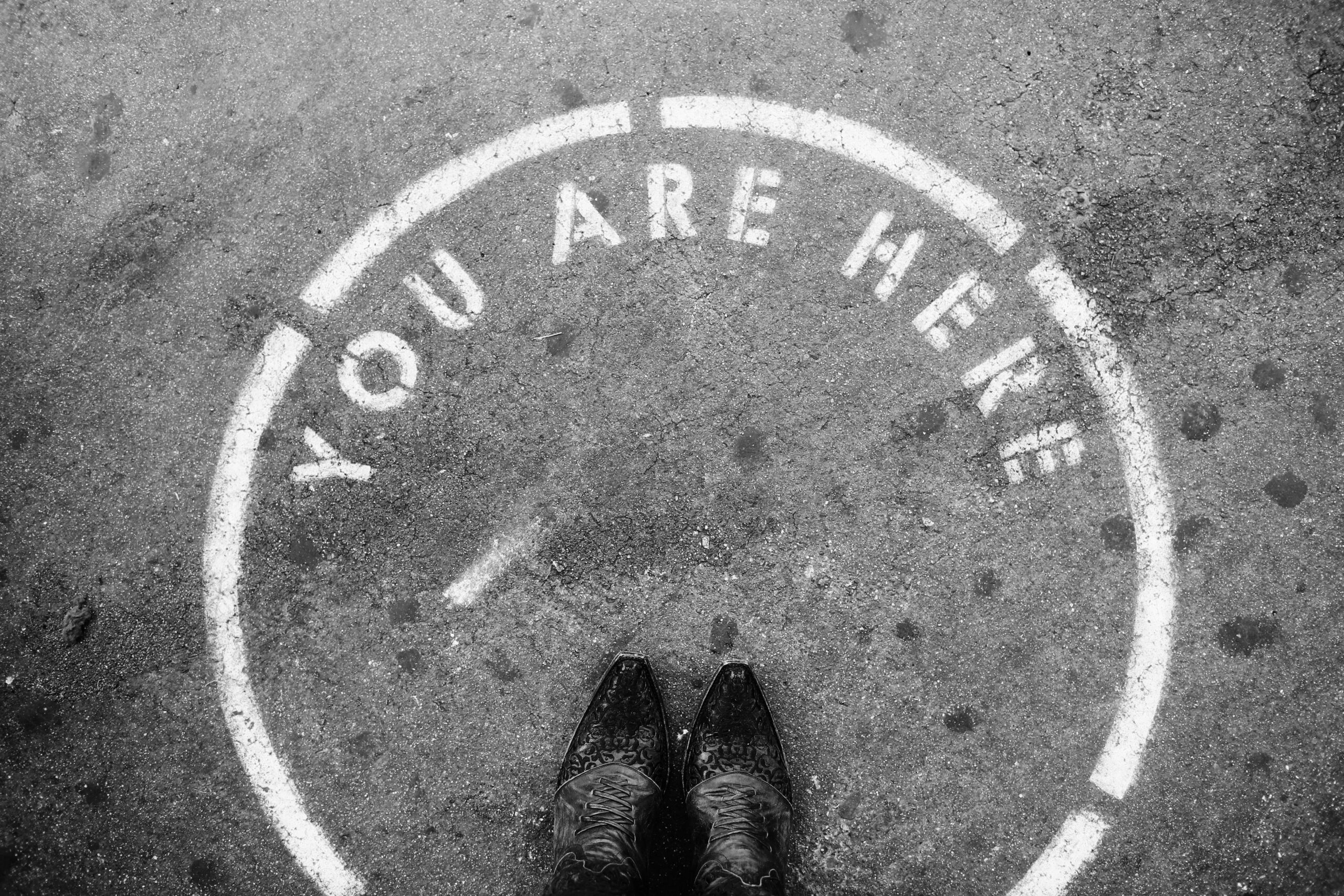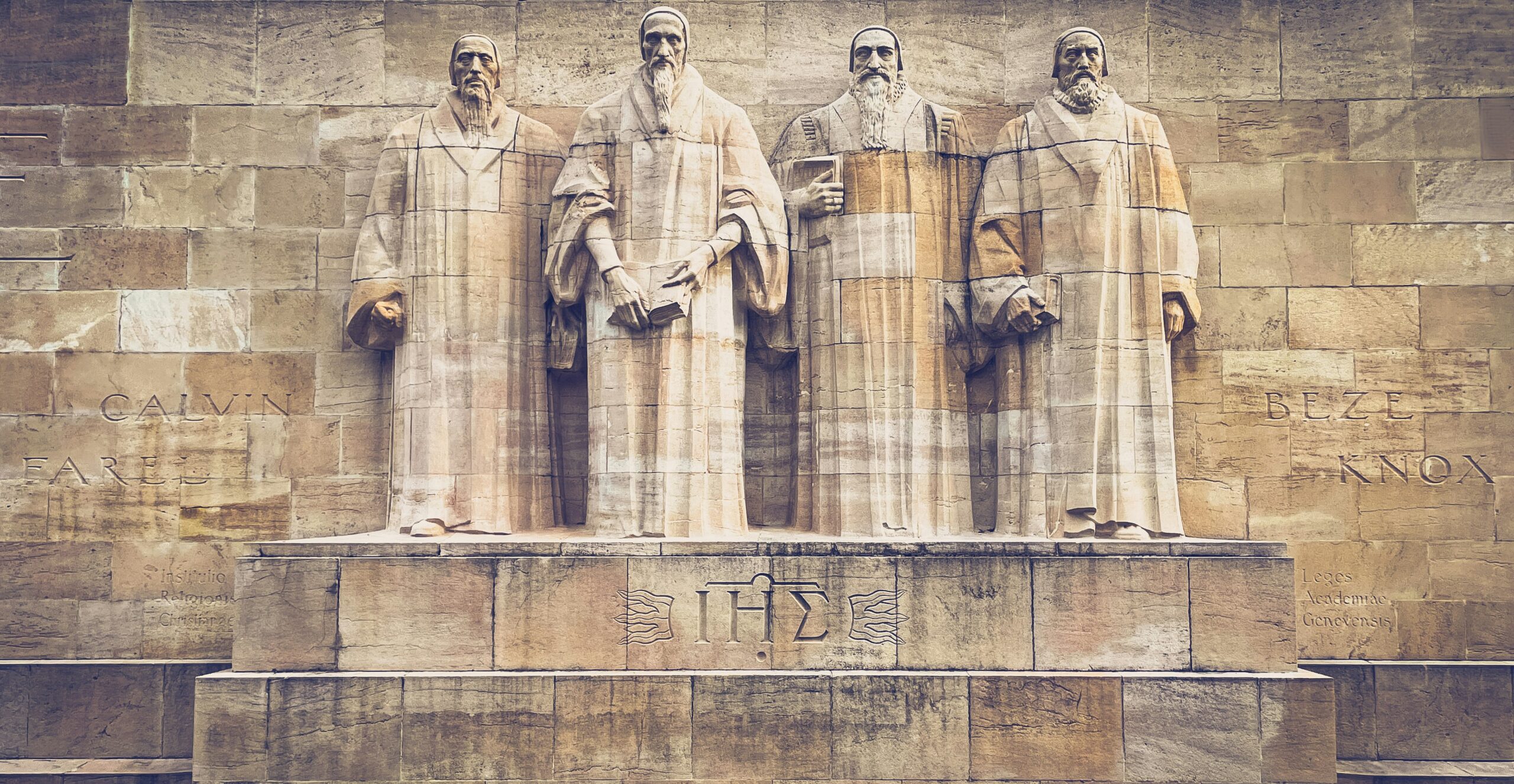In today’s data-driven world, algorithms are everywhere. They recommend what we watch, determine our credit scores, and even influence who gets hired or arrested. While often portrayed as neutral and efficient, these systems are not immune to human bias. In fact, they can amplify existing social inequalities in subtle but powerful ways. From facial recognition technology misidentifying people of color to AI screening out job applicants from marginalized backgrounds, algorithmic systems can reflect and reinforce discrimination.
The term algorithmic bias and social inequality captures the growing concern about how technological systems—especially those powered by artificial intelligence—are unintentionally or deliberately designed in ways that perpetuate injustice. This article explores how this bias works, whom it affects, and what can be done about it.
What Is Algorithmic Bias?
More Than a Technical Glitch
Algorithmic bias refers to systematic and repeatable errors in a computer system that create unfair outcomes. These biases can emerge from:
- Biased data: Algorithms learn from historical data, which may already contain societal biases.
- Flawed assumptions: Developers may unintentionally encode their own worldviews into algorithmic models.
- Feedback loops: Biased outputs can reinforce and revalidate future decisions.
Example:
A 2019 study by MIT Media Lab found that facial recognition systems had error rates of 34.7% for dark-skinned women compared to 0.8% for light-skinned men. This wasn’t due to poor coding—it was because the datasets used to train the systems were overwhelmingly composed of lighter-skinned individuals.
Source: MIT Media Lab – Gender Shades Study
Who Is Affected?
The Disproportionate Impact on Marginalized Groups
Biased algorithms don’t hurt everyone equally. Instead, they disproportionately harm:
- People of color: Over-policing through predictive policing tools; facial recognition misidentification.
- Women: AI recruiting tools downgrading resumes with female-coded terms.
- Low-income communities: Credit-scoring algorithms denying loans based on zip codes or historical defaults.
- LGBTQ+ individuals: Censorship algorithms tagging queer content as “inappropriate” or “sensitive.”
These groups often have less access to recourse, making it harder for them to challenge or even recognize the discrimination they face.
Why Does This Happen?
Structural Inequality Built into Code
Most people assume machines are neutral—but machines reflect the values of their creators and the societies they’re built in. Let’s break down the main reasons behind algorithmic inequality:
1. Historical Bias in Data
If a hiring algorithm is trained on decades of data from a company that mainly hired men, it will likely favor male candidates. That’s not artificial intelligence—it’s automated prejudice.
2. Lack of Diversity in Tech
Developers often come from similar social and educational backgrounds, leading to a narrow worldview. A team that lacks diversity may not consider how a product could misrepresent or marginalize certain users.
3. Opaque Decision-Making
Many algorithms are “black boxes”—meaning their internal logic isn’t visible, even to their creators. This makes it difficult to identify, prove, or correct discriminatory outputs.
4. Capitalist Incentives
Private companies prioritize profit and speed over fairness. If a biased algorithm saves money or increases efficiency, it’s often kept in place despite ethical concerns.
Real-World Examples
When Code Becomes a Gatekeeper
- Hiring Algorithms: Amazon scrapped its AI recruitment tool after it systematically downgraded resumes containing the word “women’s.”
- Predictive Policing: Tools like COMPAS used in U.S. courts have been shown to rate Black defendants as higher risk more frequently than white defendants.
- Healthcare AI: An algorithm used in hospitals to identify high-risk patients consistently underestimated the needs of Black patients, based on spending data that didn’t reflect systemic disparities in access to care.
Can Algorithmic Bias Be Fixed?
Towards Fairer Tech
Though deeply embedded, bias isn’t inevitable. Here are some actionable solutions to reduce algorithmic inequality:
- Diverse data sets: Train algorithms on inclusive, representative data.
- Transparency: Open-source algorithms and explainable AI models can allow public scrutiny.
- Human oversight: Use human decision-makers in critical areas like criminal justice or healthcare.
- Bias audits: Independent evaluations of algorithms to detect and report unfair outcomes.
- Policy regulation: Governments should enforce ethical guidelines and anti-discrimination laws for AI systems.
Example of Regulation:
The European Union’s AI Act—one of the first comprehensive legal frameworks for AI—classifies biometric surveillance and predictive policing as “high-risk,” demanding transparency and fairness.
A Sociological Perspective
Technology Reflects Society
From a sociological lens, algorithmic bias is not simply a tech issue—it’s a social mirror. These systems amplify the inequalities already present in our world: racism, sexism, classism, and beyond. When we automate decision-making without addressing these systemic issues, we don’t solve problems—we institutionalize them.
Sociologist Ruha Benjamin describes this as the “New Jim Code”—referring to the way new technologies can reinforce old forms of discrimination under the guise of progress and neutrality.
Rethinking Fairness in a Digital Society
In a world where data is currency and algorithms are gatekeepers, ignoring the societal impact of biased code is no longer an option. As individuals, consumers, and digital citizens, we must ask critical questions:
- Who designs these systems?
- Whose values are encoded?
- Who benefits—and who is left out?
Algorithmic bias is a social problem, not just a technical one. And social problems require collective awareness, advocacy, and systemic change.
Let’s not accept the world that machines give us by default. Let’s design a more equitable one by intention.





Bir yanıt yazın